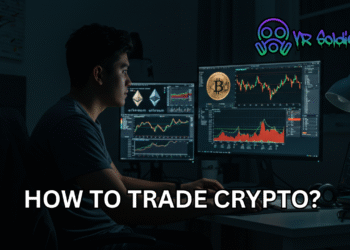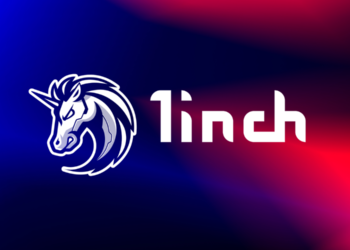Skeletal tracking is one of the new emerging trends. A few companies are working on harnessing this technology, although it remains to be seen who will have the highest success rate. This is a good time to explain what skeletal tracking is and what it does.
Skeletal Tracking Is A Nifty Feature
As the name somewhat suggests, skeletal tracking revolves around tracking the way the user’s skeleton is moving. Although this is not the same as a full-body virtual reality experience, skeletal tracking is an important first step toward achieving this goal in the future. So far, very few companies have been even remotely successful when it comes to skeletal tracking, though.
Implementing skeletal tracking in the VR world is not as easy as it may sound, though. It takes the use of middleware to provide this service before hardware manufacturers can even think of implementing it. To be more specific, the technology uses a combination of sophisticated software and a 3D camera to gain a clear image of skeletal movements.
In an advanced stage, companies may contemplate looking into gesture recognition, as that will also provide valuable information related to skeletal tracking. When the technology fully matures it should be able to track different joints in the body, as well as full-body skeletal tracks. Even if we ever reach this stage, it will still be up to VR developers to actively make use of skeletal tracking as a feature for their creations.
The main reason why skeletal tracking has proven to be so interesting is how it will create a far more immersive VR experience. It would allow in-game characters to move exactly like the player does, including their body position and breathing rhythms. It is quite an intricate and powerful form of technology that will revolutionize virtual reality as a whole. We can only hope to see progress being made in this regard and future games and applications actively support it.
If you liked this article make sure to follow us on twitter @thevrbase and subscribe to our newsletter to stay up to date with the latest VR trends and news.











